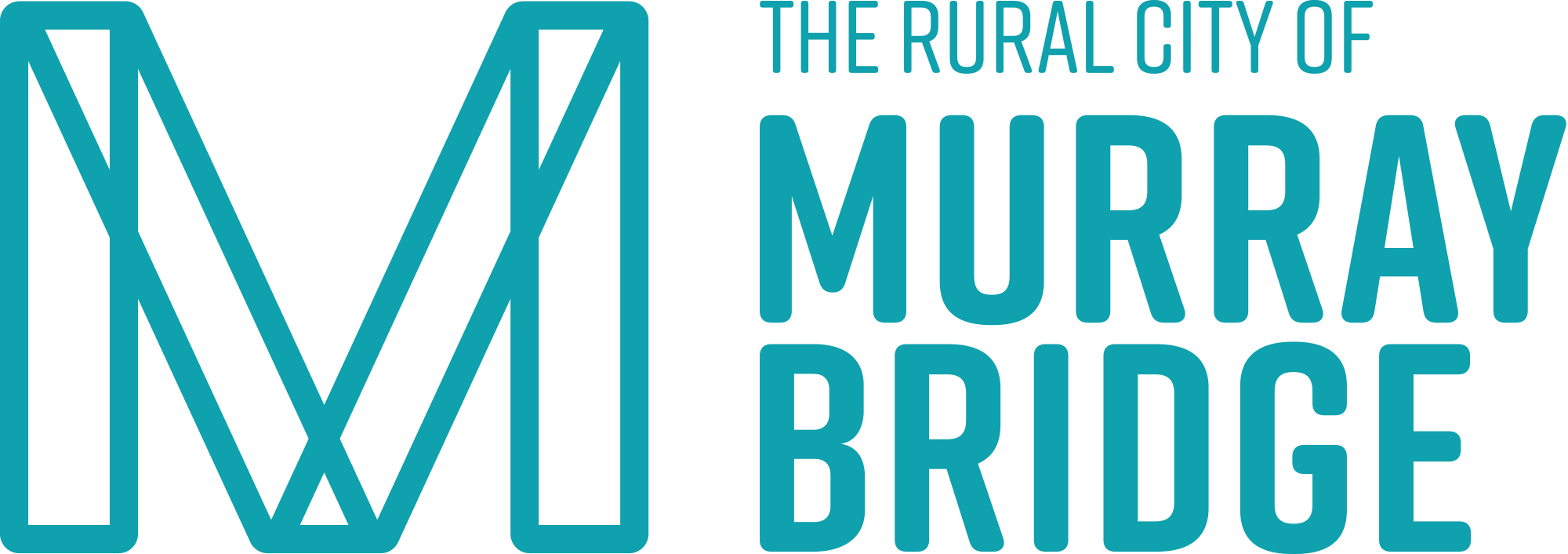The Rural City of Murray Bridge region has outstanding biodiversity and a riverine environment the envy of the Murray Darling Basin.
Council's Biodiversity Strategy was adopted in 2015. The aim of the Biodiversity Strategy is to enhance a sustainable natural and built environment that meets current and future community needs and to maintain and enhance the species of genetic diversity, vegetation associations and habitat types currently occurring within existing native vegetation.
The Rural City of Murray Bridge recognises that all Council activities impact on the environment. The strategy offers a guide for council and community to value the environment, minimise environmental impacts, use resources wisely and protect biodiversity.
- Tree Management Tree Management
- Pests and Weeds Pests and Weeds
- Roadside Vegetation Roadside Vegetation
Planting Trees on Footpaths Murray Bridge is a beautiful green city with a climate ideal for growing a variety of trees and plants. However, not all trees and plants are suitable for planting on council verges and footpaths.
Some trees have aggressive root systems that may affect water, sewerage, drainage, electricity and telecommunications infrastructure buried underground. Some trees may also become hazards for pedestrians and vehicles. Small plants in particular may become tripping hazards and trees and plants placed in certain areas can impede the line of sight for pedestrians and people driving cars.
Council appreciates that residents may want to beautify their street by planting trees and shrubs on the footpath, however, it is advised not to do this.
When Council plants trees on the footpath, the hole is excavated to a depth twice that of the trees root ball and triple its diameter. Terracottem is thoroughly mixed into the soil and the tree is then staked for strength whilst it is taking root. Care is taken to ensure trees are not planted near driveways or in areas where the tree may become a future hazard.
Trimming Trees on Footpaths Council trims trees located on council property such as footpaths. Under no circumstances are members of the public allowed to trim trees on footpaths or other council property. Inexperienced trimming could lead to weakened branches or the removal of the top of the tree which may lead to death and removal of the tree.
Residents are asked to lodge a tree trimming request so that Parks & Gardens staff may inspect the tree and determine the appropriate course of action. Council has a schedule of maintenance for tree trimming and tree removal and it may take up to three months for requests to be attended to as part of this schedule.
PESTS
Aquatic Pests
https://www.pir.sa.gov.au/biosecurity/aquatics
Abundant Species
https://www.environment.sa.gov.au/topics/plants-and-animals/Abundant_species
Alert pest animals in South Australia (Animals to watch out for)
European Carp
Fruit Fly Drosophila melanogaster
https://www.pir.sa.gov.au/biosecurity/fruit_fly_in_sa
Little Corellas
https://www.environment.sa.gov.au/topics/plants-and-animals/Abundant_species/little-corellas
Pest animal policies and regulations in South Australia
Pest animal policies and regulations - PIRSA
Pest animals in South Australia
WEEDS
All South Australian declared weeds are within the Department of Primary Industries and Regions link below.
African Boxthorn Lycium ferocissimum
African Love-grass Eragrostis curvula
Caltrop Tribulus terrestris
Golden Wreath Wattle Acacia saligna
Controlling declared weeds in SA - PIRSA
PIN CUSHION Scabiosa atropurpurea is a priority Environmental Weed and The Rural City of Murray Bridge is endeavouring to control this weed within its natural native reserves.
Weeds of National Significance (WoNS) – most South Australian WoNS are listed above
Weeds profiles - Weeds Australia
OTHER RELEVANT INFORMATION
Rural Chemicals
https://www.pir.sa.gov.au/biosecurity/rural_chemicals
Plant Health incorporating Farm Health
The Rural City of Murray Bridge Roadside Vegetation Management Plan (2014-19) has been developed to guide Council in the management of its roadside reserves in a sustainable manner. The Plan will assist Council work crews and contractors by setting clear policies and guidelines for activities affecting roadside vegetation.
The Plan includes information on management issues such as installation and maintenance of services, roadside maintenance and clearance for fencelines and access to adjoining land. Many roadside reserves in the region contain remnant native vegetation of conservation value. These roadside reserves have been marked using Roadside Marker System. The signage makes Council work crews and contractors aware of vegetation of conservation value within our Council Road Reserves.
Council maintains a system of Roadside Vegetation Markers identifying areas with significant and endangered roadside vegetation
